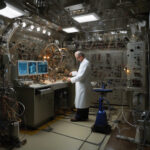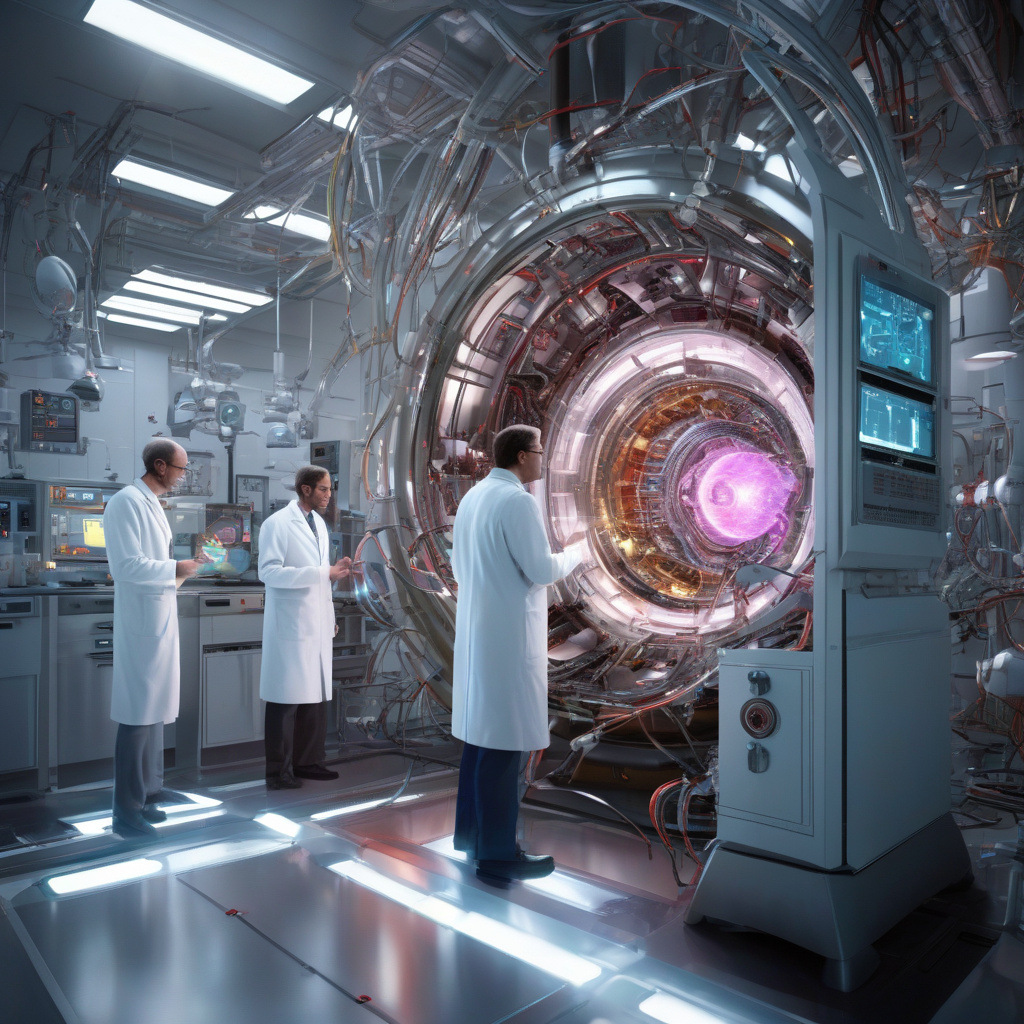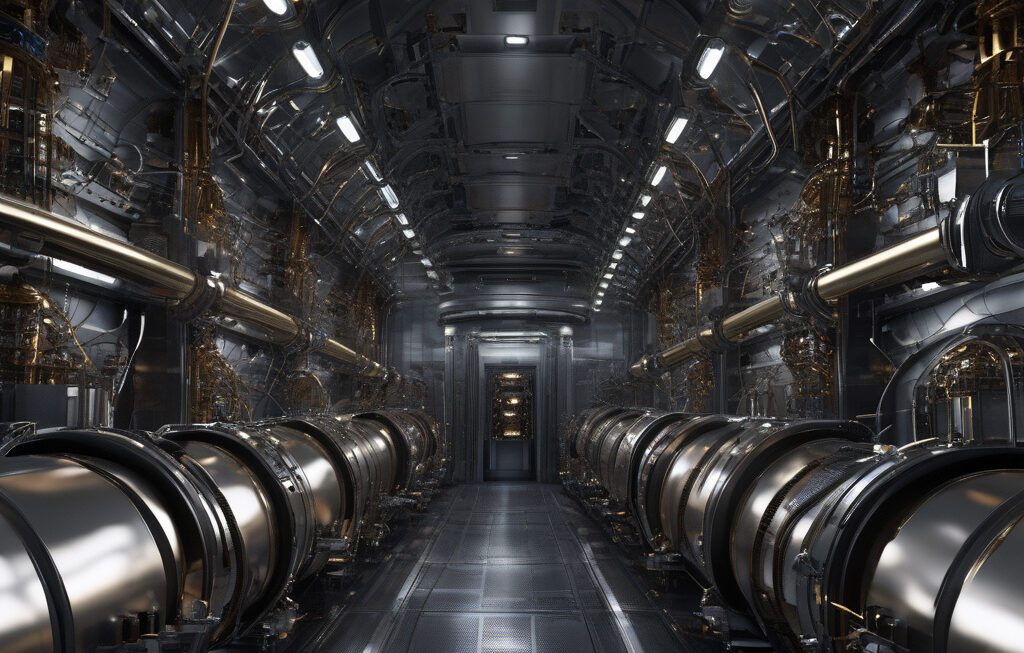Unlocking High-Energy Electron Acceleration: Proton-Driven Plasma Technology
The field of particle physics is constantly evolving, pushing the boundaries of what we know about the universe and how we can harness its energy. One of the latest advancements in this field comes from the AWAKE experiment at CERN, where researchers are making significant strides in plasma wakefield acceleration using a proton beam to accelerate electrons to high energies.
Plasma wakefield acceleration is a cutting-edge technique that has the potential to revolutionize the way we accelerate particles for a variety of applications, from fundamental research to medical treatments. By using a plasma – a state of matter where electrons are torn from their atoms, creating a mix of positively charged ions and negatively charged electrons – researchers can create electric fields thousands of times stronger than those produced by conventional accelerators.
In the AWAKE experiment, a high-energy proton beam is injected into a plasma cell, creating a wakefield that accelerates bunches of electrons to high energies over short distances. This method is incredibly efficient compared to traditional accelerators, which require much larger distances to achieve similar energy gains. By harnessing the power of plasma, researchers are able to accelerate electrons to energies previously thought unattainable in a laboratory setting.
The implications of this technology are vast. High-energy electron beams have a wide range of applications, from probing the structure of matter at the smallest scales to treating cancer with precisely targeted radiation. With the ability to accelerate electrons to higher energies in a more compact space, researchers can explore new frontiers in particle physics and potentially revolutionize industries that rely on particle accelerators.
Furthermore, the use of a proton beam to drive the plasma acceleration process is a key innovation in the AWAKE experiment. Protons are heavier than electrons, which means they can transfer more energy to the plasma, leading to greater acceleration of the electrons. This approach opens up new possibilities for achieving even higher electron energies and exploring the fundamental interactions between particles and fields.
As the AWAKE experiment continues to push the boundaries of plasma wakefield acceleration, researchers are hopeful that this technology will unlock new opportunities for scientific discovery and technological innovation. By combining the power of proton beams and plasma wakefields, they are paving the way for a future where high-energy electron acceleration is more accessible and efficient than ever before.
In conclusion, the development of proton-driven plasma technology for high-energy electron acceleration represents a significant step forward in the field of particle physics. The AWAKE experiment at CERN is at the forefront of this research, demonstrating the potential of plasma wakefield acceleration to revolutionize the way we accelerate particles and unlock new possibilities for scientific exploration. With continued advancements in this technology, we are poised to enter a new era of discovery and innovation.
#ParticlePhysics, #PlasmaTechnology, #AWAKEexperiment, #HighEnergyAcceleration, #ScientificInnovation












